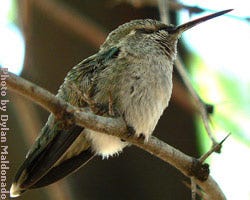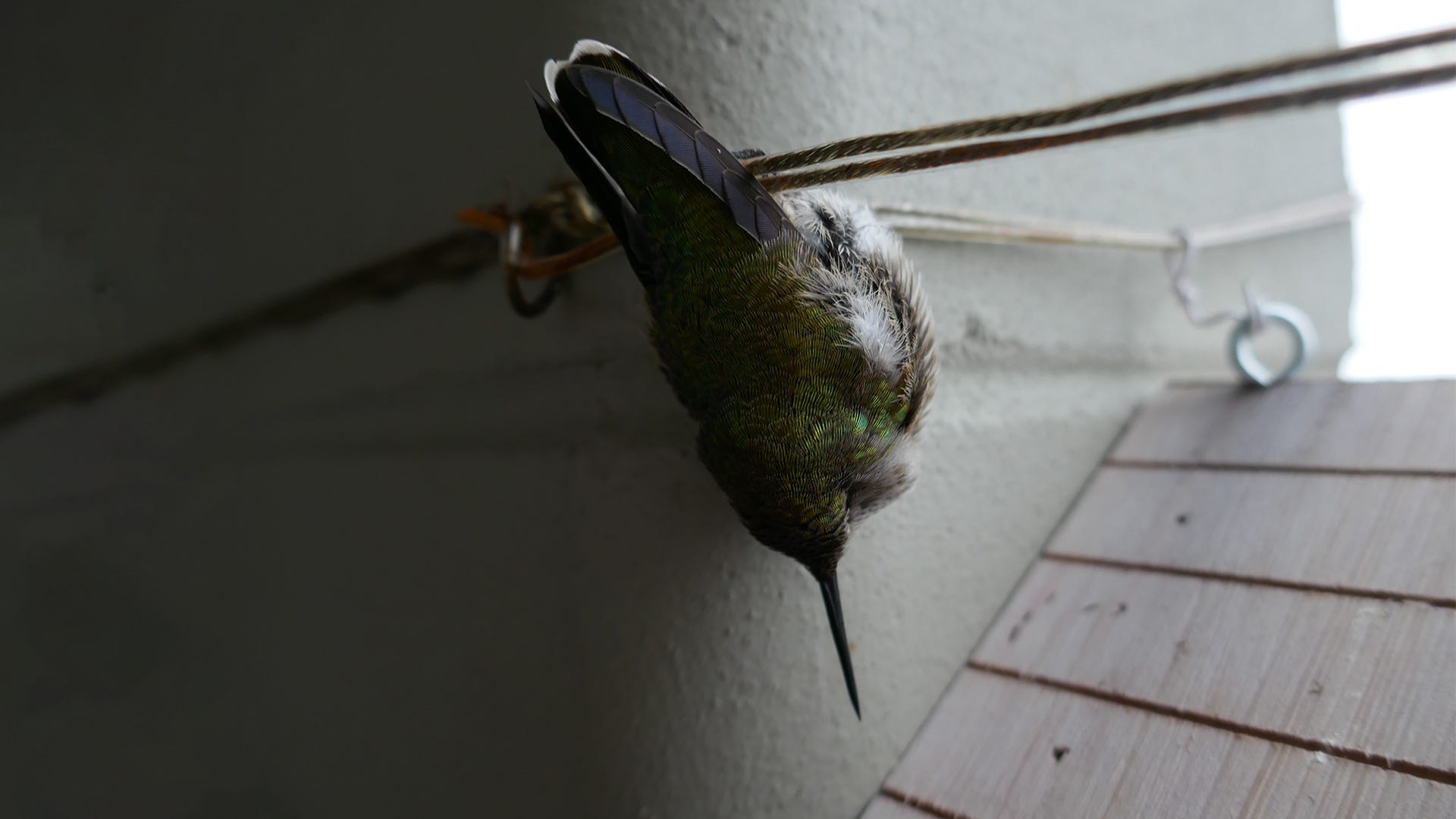Hummingbirds and the Little Engine That Could
Never underestimate the power of one of the tiniest living creatures – the hummingbird! Can you believe hummingbirds have a metabolism almost 100 times faster than that of an elephant!
These small, but powerful engines consume one and a half, up to three times their weight in food every day. You can imagine that eating this much food uses up a good portion of their time and energy, which is why we rarely see them doing otherwise. Eating this much requires hummingbirds to visit numerous flowers daily. They have no time to waste. They are on the verge of starvation at every moment – especially if cold temperatures arise or if they are unable to meet their flower requirement.
So, I’m sure you're wondering what happens when hummingbirds enter the “danger zone” of starvation. Torpor happens!

What is torpor? Torpor is the hummingbird version of hibernation. The sleep-like state allows them to conserve their energy by lowering their body temperature. Some drop 50° below their normal 102°-104° temperature.
In conjunction with a lowered body temperature, their heart rate also becomes sluggish. Some may even slow from 500 beats per minute to fewer than 50. The possibility of breathing may even cease, but only briefly.
A hummingbird in this state seemingly is lifeless. Torpor has its benefits however, because it takes almost as long as an hour to come out of torpor, it makes it difficult for these tiny creatures to react to predator attacks or other emergencies.
Hummingbirds come out of torpor as their body temperature and heart rate begin to rise. This causes their wings to vibrate, which helps to warm the blood. As you know, exercise of the muscles warms the blood. Once the warm blood is completely circulated throughout its body the hummingbird returns to its normal energetic state and is ready to go again!








